Interviewed by Practical Photography
In the January 2016 issue of Practical Photography, one of Great Britain’s leading photography magazines, I was interviewed about air-to-air photography and my recent project with the Royal Canadian Air Force. Read the whole interview below.
Choreographing and photographing three 675mph Hawk jets at 10,000ft requires supreme mental and physical strength and dexterity. Dirk Jan de Ridder put both to the test on a challenging assignment.
By the age of 23, Dirk Jan de Ridder knew exactly what he wanted to be. Obsessed with military aviation, he’d just flown a dedicated photo sortie in a MiG-21 and had fallen in love with the idea of being a full-time pro. Fast-forward to the present day and Dirk has logged dozens of flight hours with 13 different air forces, and has photographed numerous sorties of over 50 types of military aircraft, including Hercules, Chinook, Typhoon, Tornado, F-15, F-16 and, of course, Hawks..

How long have you been an aviation photographer?
I’ve been interested in aviation from the first time I visited an airshow at the age of seven. From there, it was a small step to buying a camera to take photos of the aircraft I saw. After a few years I started looking for different opportunities and I ended up visiting air forces around the world. Once I got some of my work published, it was possible to get on board some types of flights simply as a passenger. From that point, I used those photos to get better publications, and those publications to get better opportunities. It’s virtuous circle that’s still ongoing.
What’s the story behind this incredible air-to-air image?
I was visiting the Royal Canadian Air Force for a photo report about military pilot training there. Some of the most experienced instructor pilots were made available to turn my project into a success. I wanted to showcase these Hawk jets in a dynamic way that reflected how future fighter pilots might fly it. My idea was to let the jets break away in all directions (left, up and right), and we did carry that out, but the pilots also suggested to do it this way and the result was even better.
How do you plan and prepare for a shot like this?
I normally have a good look through my archive for inspiration and I pick a few photos that come closest to what I want. I then work out sketches to help the pilots understand where I need them to be and where I need the sun to be in order to achieve that shot with good lighting. Pilots usually take my sketches – or their own notes – into the air and we then execute each manoeuvre one by one.
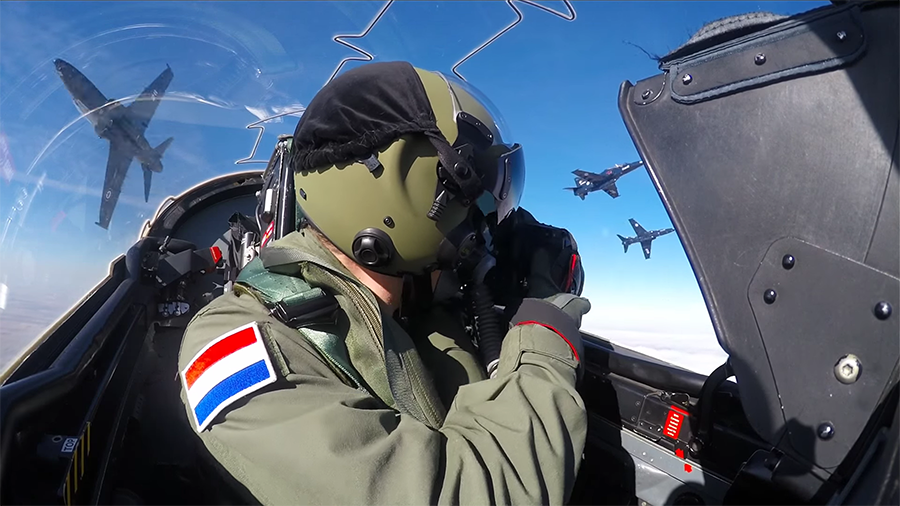
What challenges does air-to-air photography present?
The flying can be mentally and physically tough. During a looping, for example, I’m being pressed into the seat with a lot of force and my camera can feel up to four times heavier. In a photographic sense, I’m strapped into my seat with limited camera angle possibilities, while shooting through an additional layer of glass, which can affect sharpness), and with wings or engine heat partly obstructing my view.
How long do you get in the air on a typical air-to-air shoot?
There’s no such thing as a ‘typical’ air-to-air shoot, at least not in the military world. One day I might be flying a search-and-rescue helicopter on a 2-hour training mission over the ocean with 10 minutes of formation flying, and the next day it might be a one-hour shoot completely dedicated to air-to-air photography. It all depends on the aircraft I’m flying, the requirements of the air force I’m visiting, as well as their willingness and ability to offer me what I need. Flying isn’t cheap. In Canada I made two 90-minute photo flights with four aircraft and that really shows in the results, but the Hawks I flew cost several thousand pounds to fly. Per aircraft, per hour, that is.
How did you achieve such a precise arrangement of planes in the frame?
Most manoeuvres are executed multiple times, so after each manoeuvre I review my results on the camera screen and give the pilots feedback on how to improve. You’ll hear me say stuff like, “Aircraft number one needs to react quicker, number two needs to start higher, number three needs to pull away slower”. This manoeuvre, from the four aircraft flying straight and level in formation, to them breaking away and getting out of sight, took all of two seconds, so all I can do is shoot as many frames per second as possible and hope for the best.
I imagine the health & safety briefings are interesting..
A health check is typically required before every jet flight. If you’re not 100% okay, you won’t fly. Safety is everything in military aviation. It often takes over an hour alone for me to learn how to strap in, how to use the ejection seat without injuring my spine, and how to land using the parachute without breaking my ankles. Once in flight, one hand in a wrong place or a camera strap stuck between my legs might activate the ejection seat. The planes don’t fly closer to each other than they normally would, but manoeuvres might be different. I try to learn from pilot debriefings and pass on their experiences to the pilots flying me next time.
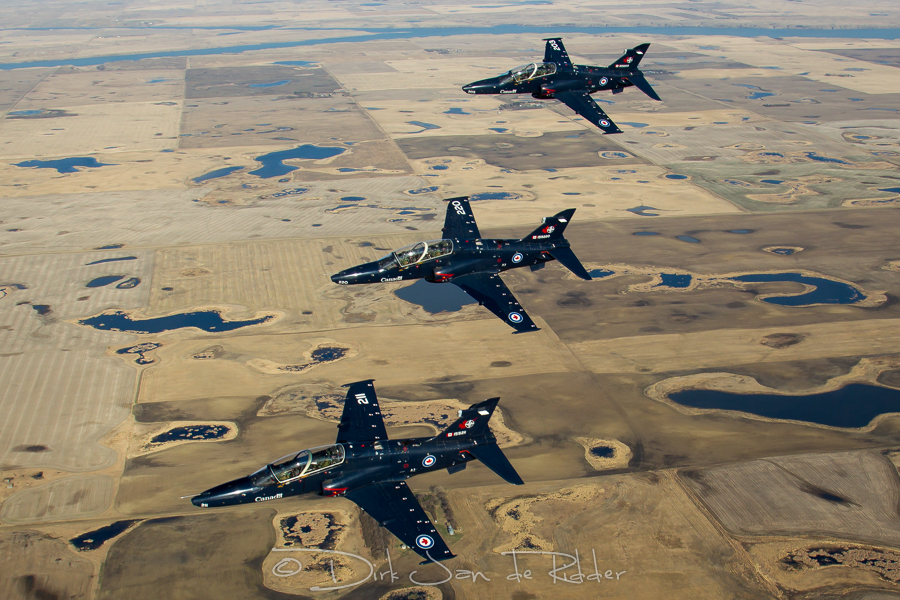
Talk us through the camera equipment used..
In a helicopter or a large aircraft you can take a couple of cameras, several lenses and your camera bag with you, but in a fast jet it’s only one camera and one lens, for which I typically take my Canon 24-70mm f/4L. This offers me enough of a zoom range and is small enough to fit in the cockpit.
How do you focus and expose?
My helmet’s visor and oxygen mask force me to keep the camera a few inches from my eye, so I can probably only see 60-70% of my viewfinder. I therefore tend to zoom out a bit more to be sure everything will be in the frame, and I mainly use autofocus on the middle AF point because that’s the one I can see. Shooting in aperture-priority (jets) or shutter-priority (helicopters and propeller aircraft) works best for me.
How much post-processing goes into a shot like this?
Post-processing doesn’t take a lot of time. I use natural light and I can direct my pilot to have the sun in the right position, so if the subject is sharp and all is in the frame, the shot needs very little editing. I basically just remove dust spots, level the horizon, make sure the histogram and the colours look okay, apply sharpening and noise reduction, and that’s probably it. Switching from Photoshop to Lightroom (mainly) has saved me a lot of time.
Is this the exact shot you envisaged at the start?
I chose this image as my favorite shot of the year because it comes so close to how we had it in our minds. That isn’t always the case, but I’m a perfectionist – the only thing that annoys me a tiny bit is that the first aircraft’s tail is ‘touching’ the second aircraft’s horizontal stabiliser.
How would a Practical Photography reader go about shooting air-to-air?
Air-to-air photography isn’t something you start doing overnight, especially the kind I do with the military. The best way to start is by networking your way into the aviation world and trying to get your work published, while constantly looking for ways to improve your photography, even if you’re only on the ground. Air-to-air photography in itself isn’t extremely difficult, but getting access and opportunities is a constant challenge. That’s why I enjoy it so much.
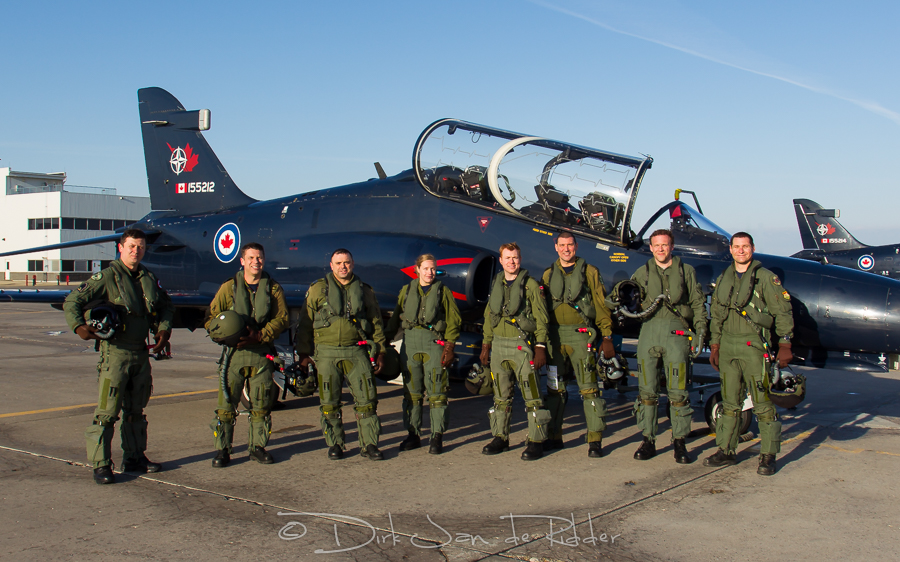

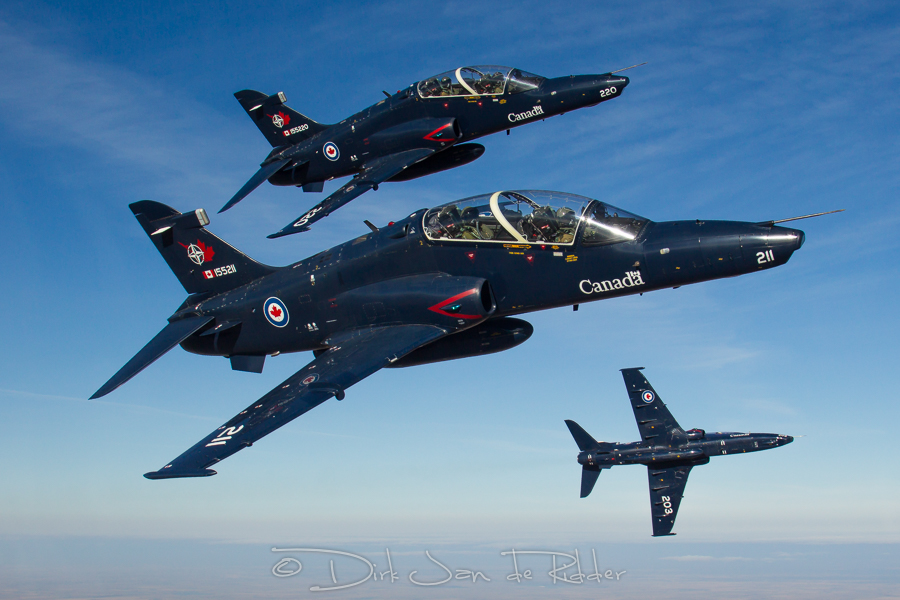
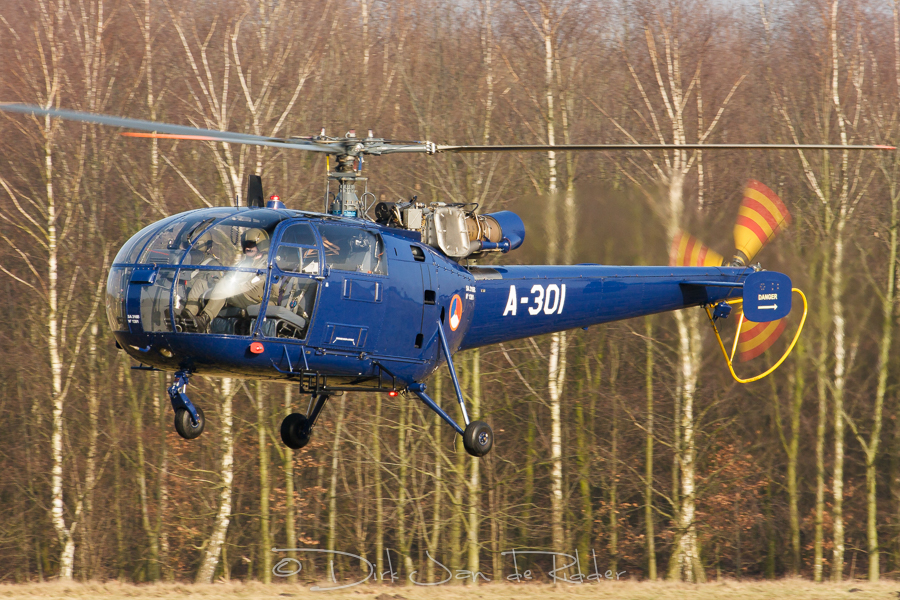
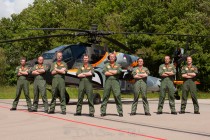
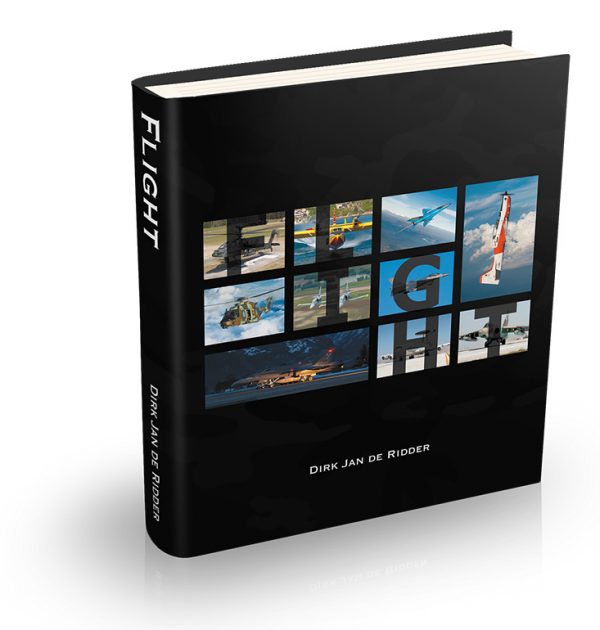
Comments are closed.